New findings reshape this ancient predator’s story.
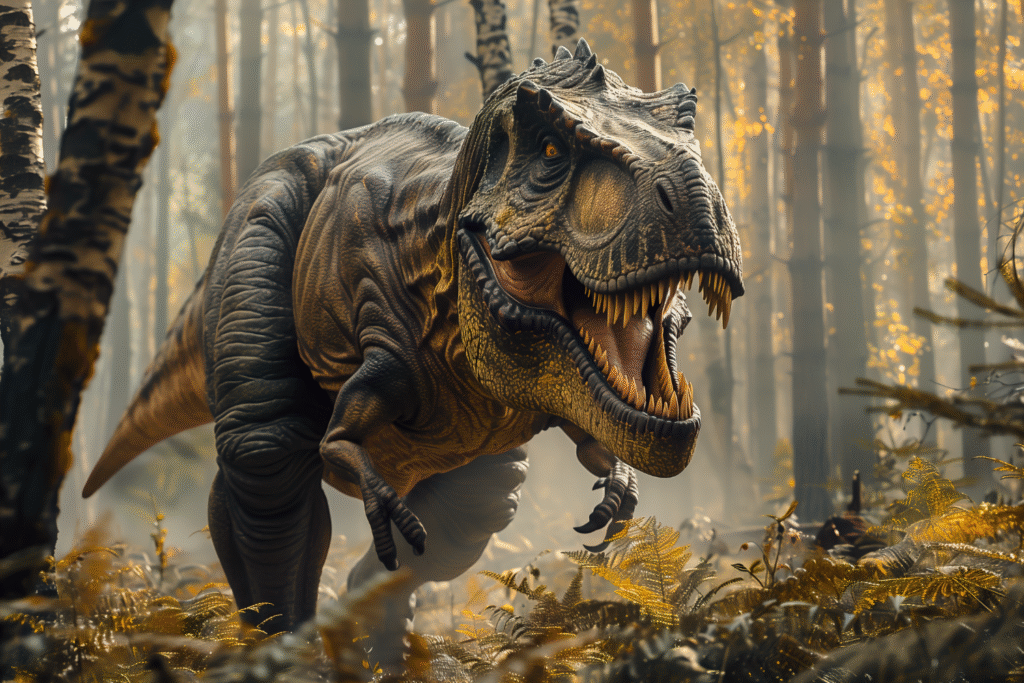
For generations the tiny arms of the T Rex have puzzled researchers and sparked endless speculation. Recent studies, new fossil comparisons and updated behavioral models have finally offered clearer answers grounded in evidence rather than imagination. Scientists now understand that the T Rex’s arm size reflects practical evolutionary tradeoffs linked to feeding behavior, survival pressures and physical balance. These explanations reveal that the arms were not accidental or pointless but shaped by millions of years of refinement.
1. Researchers connect shrinking arms to jaw dominated feeding.

New fossil comparisons show that early tyrannosaurs had much longer arms before the species evolved the massive skull and extreme bite force we associate with T Rex. As the head became the primary weapon, the arms were used less in capturing prey, gradually shrinking across millions of years. This shift reflects a natural tradeoff, where energy went into strengthening the neck, skull and jaws rather than maintaining large limbs.
Scientists studying bite mechanics found that the T Rex’s jaws could crush bone with enormous force, eliminating the need for powerful grasping limbs. Smaller arms therefore became a strategic evolutionary refinement rather than a disadvantage. This connection between feeding behavior and limb reduction now stands as one of the strongest explanations for their size.
2. Shorter limbs helped prevent dangerous feeding injuries.
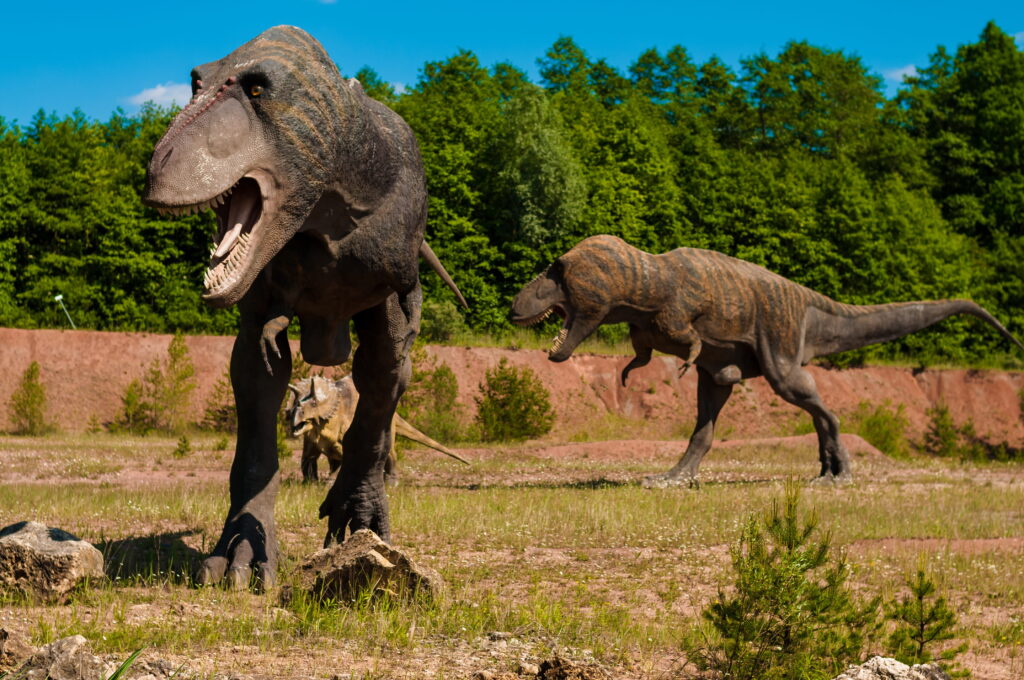
Bite marks on T Rex fossils show that individuals often fought or crowded against each other at carcasses. In such chaotic feeding events, large arms would have been vulnerable. Smaller limbs reduced the chance of being bitten by a rival, lowering the risk of infection or mobility loss. This practical survival benefit would have favored individuals with shorter, less exposed arms.
Behavioral modeling further supports this idea by demonstrating how tight feeding clusters could have created constant danger zones around the body. Limbs tucked close to the torso simply survived better in these conditions, reinforcing the downward evolutionary trend in arm length.
3. Muscle studies reveal the arms still held surprising power.

Despite their size, the T Rex’s arms contained strong muscles based on the large attachment areas found on fossil bones. Research suggests each limb could lift significant weight, meaning they were functional tools for gripping or stabilizing prey. This overturns early assumptions that the arms were useless or weak.
These findings help explain why evolution reduced but never eliminated the limbs. The T Rex still needed them for tasks requiring short bursts of strength. Their compact shape made them less vulnerable while still offering practical utility in close contact situations.
4. Balance required smaller limbs as the body grew.
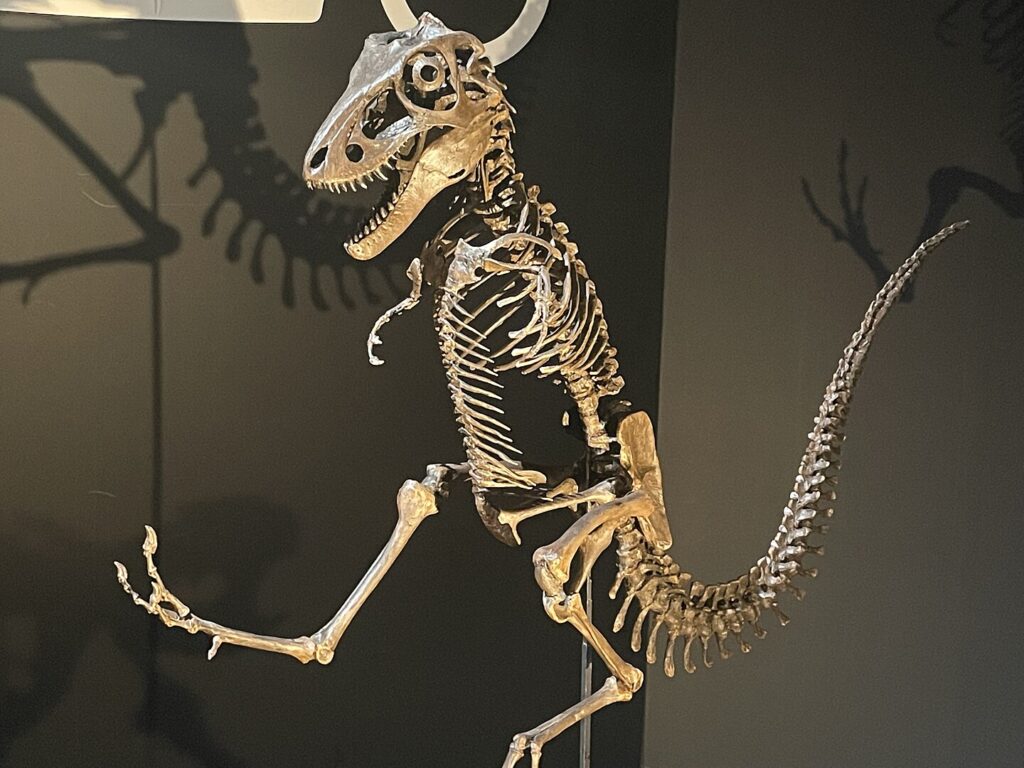
As the T Rex evolved into a heavier predator with a massive skull, overall body balance became more important. Larger arms positioned far from the body’s center of gravity would have made movement less efficient. Smaller arms helped the animal stay stable while walking, running or pivoting during hunts.
Biomechanical studies show that even slight weight shifts in such a large animal could affect posture. Compact limbs offered a streamlined solution that supported agility and reduced the risk of falling during fast movements or sudden turns.
5. Fossil records reveal a steady, gradual reduction in size.

Comparisons across tyrannosaur fossils show that the reduction in arm length happened gradually rather than suddenly. Earlier species like Gorgosaurus and Albertosaurus had longer limbs, while later tyrannosaurs show a noticeable downward trend in proportions. This pattern aligns with the development of stronger jaws and more specialized hunting strategies.
The timeline demonstrates that shrinking arms were not an evolutionary mistake but a long process shaped by consistent selective pressures. Each stage of the lineage reveals refinements that brought the T Rex closer to its final body plan.
6. Mating behavior may have influenced limb retention.
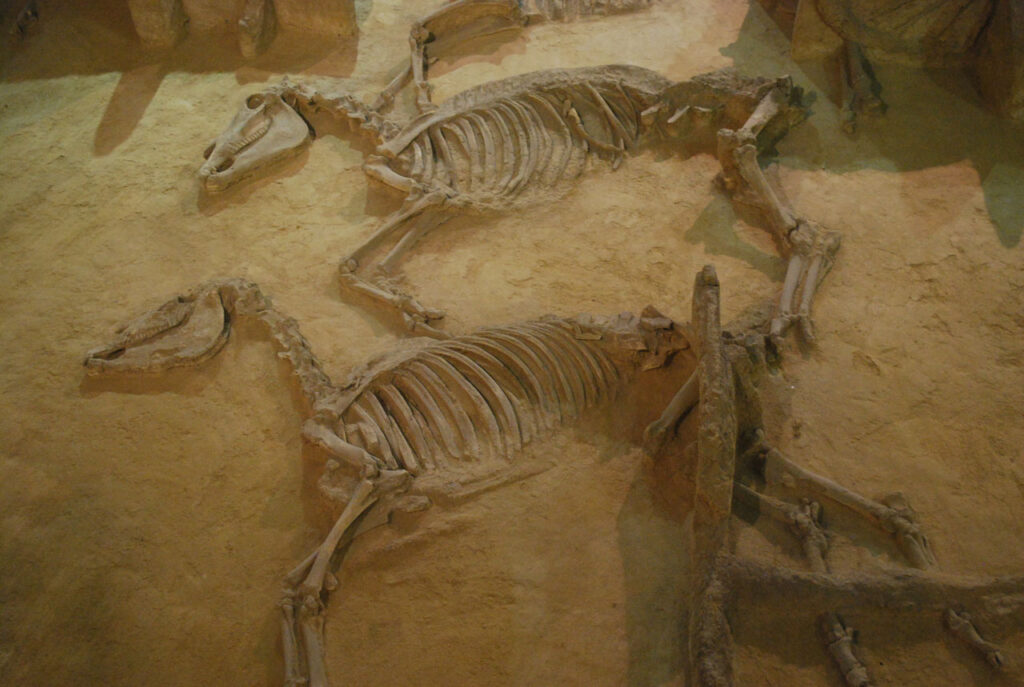
Some researchers propose that the arms maintained enough mobility for mating interactions. Their range of motion and muscular structure support the idea that they could help steady the body or create gentle contact between individuals. Although this theory remains debated, its anatomical basis keeps it in the discussion.
The limb joints show unexpected flexibility, suggesting that even small movements played roles not directly related to hunting. These subtle possibilities contribute to a more complete picture of the T Rex’s behavior.
7. The arms may have helped the T Rex rise from resting.
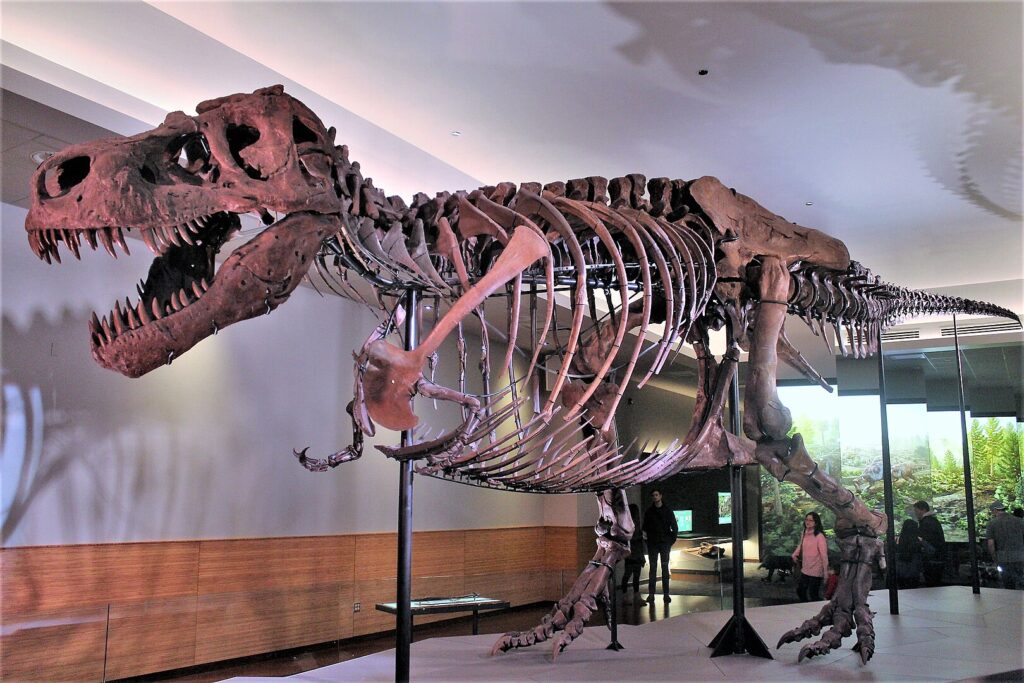
Studies examining joint angles and body posture suggest that the T Rex used its arms to push against the ground when rising from a lying position. Given its size, this small assist could have made a difference. The limb strength uncovered in fossil analysis supports this functional role.
This explanation reinforces the idea that the arms were adapted for short, practical motions rather than dramatic gestures. Their power and placement fit well with the mechanics of lifting the chest and stabilizing the body during transitions.
8. Feeding competition shaped limb evolution over time.

The competitive nature of T Rex feeding sites created consistent pressure on individuals to avoid injury. With large predators jostling for space, any protruding limb was at risk. Individuals with shorter arms simply fared better, leading to a natural selection trend toward compact limbs across generations.
Fossil evidence of injuries between individuals strengthens this theory, revealing how social interactions can shape anatomy as powerfully as hunting strategies. This everyday survival challenge would have played a major role in the species’ evolution.
9. Jaw strength advancements made long limbs unnecessary.

Studies measuring bite force show that the T Rex possessed one of the strongest bites of any land animal, enough to crush bone in a single snap. This overwhelming power made other predatory tools, including long arms, far less important. As the skull evolved into a weapon, the arms diminished in relevance.
This shift toward jaw dominance offers one of the clearest explanations for the small limbs. Evolution favored the feature that delivered the greatest survival advantage, and the limbs were reshaped accordingly.
10. Ongoing discoveries continue refining the explanation.

New fossil findings and improved imaging technology keep adding details to the story of the T Rex’s arms. Each discovery helps clarify how anatomy and behavior influenced one another over millions of years. The combination of bite studies, muscle reconstruction and fossil comparison is turning a former mystery into a well supported evolutionary narrative.
Future research may further connect limb size to specific behaviors still poorly understood. The more scientists uncover, the more the T Rex’s tiny arms appear to be the result of structured adaptation rather than an evolutionary oddity.
